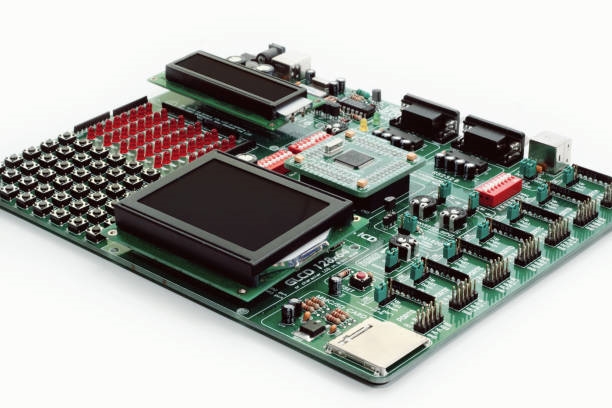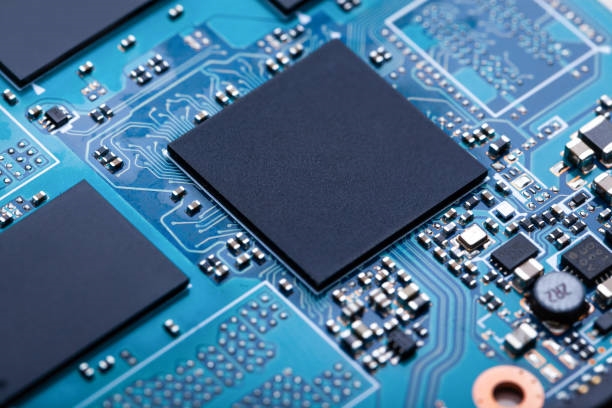Overview of the MCX A Series
NXP has released the MCX A14x and A15x series of general-purpose microcontrollers. As part of the MCX portfolio, the MCX A series is based on the Arm Cortex-M33 core platform. The MCX portfolio combines features from NXP's mainstream devices with new functionalities for next-generation smart edge devices.
Scalability is a key advantage of the MCX portfolio, with the MCX A series serving as the foundation for a wide range of applications across various markets, including:
- Industrial communication
- Smart metering
- Automation and control
- Sensors
- Low-power, battery-operated devices
The MCX A14x operates at 48 MHz, and the MCX A15x operates at 96 MHz. Package options include 32-pin QFN, 48-pin QFN, and 64-pin LQFP. All MCX A package types are I/O and pin-compatible, enabling easy migration and upgrades. Peripherals are also consistent across the series, simplifying software development. Up to eight pins can provide 20 mA high-current drive, with some of these pins being 5V tolerant.
Development can be started using the MCX A series and the FRDM-MCXA153 development board from the new FRDM platform.
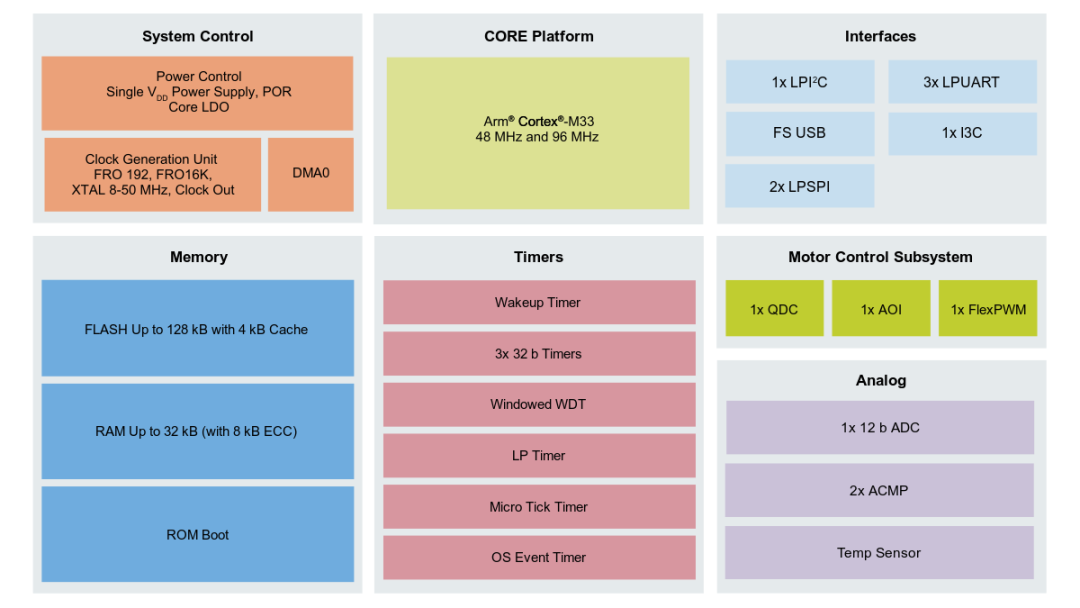
Power Efficiency
The MCX A series uses a capacitorless LDO power subsystem that operates from 1.7V to 3.6V. A key feature of the MCX A power architecture is its energy efficiency:
- 59 µA/MHz in active mode running CoreMark from internal flash (at 3V, 25°C).
- 6.5 µA in deep sleep mode with full SRAM retention and a 10 µs wakeup time (at 3V, 25°C).
- <400 nA in deep power-down mode with a 2.78 ms wakeup time.
General-Purpose Peripherals with Enhanced I/O
The MCX A series includes a comprehensive set of peripherals, such as UART, SPI, I2C, and several timer subsystems, which are fundamental for traditional applications. The MCX A also incorporates additional components that set it apart.
MIPI I3C: The Successor to I2C
NXP has been actively implementing the MIPI I3C bus in its microcontroller families. Developed by the MIPI Alliance, I3C is an upgrade to I2C for higher-speed, two-wire applications. I3C can replace SPI while maintaining a simple two-wire interface between devices on a PCB.
MIPI I3C is supported across NXP's general-purpose MCUs, i.MX RT crossover MCUs, and high-end i.MX application processors.

The I3C peripheral in the low-pin-count MCX A devices enables new applications, such as I3C protocol bridging and smart peripherals with high-speed, two-wire interfaces.
Full-Speed USB and Flexible BootROM
MCX A devices integrate a full-speed USB device controller with a PHY. The inclusion of USB enhances the versatility of the MCX A, enabling connectivity to PCs and other smart devices. A notable feature of the USB subsystem is its support for in-system programming (ISP) via the boot ROM, allowing products to be updated in the field through the USB interface.
The MCX A boot ROM has built-in ISP functionality, which provides a reliable fallback programming option regardless of the content stored in the flash memory, preventing issues from failed firmware updates.
ISP is also available through UART, I2C, and SPI interfaces. The MCUXpresso SEC tool simplifies the use of boot ROM functions, allowing users to develop production programming and field update workflows with an intuitive graphical interface. It can also output command-line operations for scripting. For advanced users, the open-source Secure Provisioning SDK (SPSDK) allows further customization of command-line operations.
Robust Memory Subsystem
The MCX A memory architecture has two distinct features.
First is the Low-Power Cache Controller (LPCAC), a small but efficient 4 KB cache controller connected to the Arm Cortex-M33 code bus. The LPCAC provides low-latency access to data and instructions. This improves bus availability for other peripherals like DMA, as processor performance is no longer tied to system memory performance.
This feature is critical for achieving high I/O and processing performance in sensing and control applications. If a cache is not needed, the 4 KB LPCAC memory can be repurposed as instruction memory, where critical code and interrupt vectors can be placed for tight timing and control loops.
A portion of the RAM on MCX A devices features ECC, which can be used with the Error Reporting Module (ERM) for applications requiring higher reliability.
Motor Control and Analog Subsystem
The MCX A includes a high-speed 4 MSPS ADC and a high-speed comparator with an 8-bit reference DAC. The analog subsystem can be coupled with the motor control subsystem, which includes the FlexPWM peripheral.
This combination of advanced analog peripherals and a motor control subsystem makes the MCX A suitable for applications such as:
- Brushless DC (BLDC) motors, permanent magnet synchronous motors (PMSM), and field-oriented control (FOC)
- Precision servo systems and positioning
- Distributed Battery Management Systems (BMS)
MCUXpresso Developer Experience Support
The MCX A is supported by the MCUXpresso Developer Experience. The MCUXpresso software and tools suite provides a core Software Development Kit (SDK), an Integrated Development Environment (IDE), and configuration tools.
The SDK for MCX A includes low-level peripheral drivers, configuration utilities, and middleware, such as a USB device stack.
IDE and RTOS Support
The SDK is flexible and can be used with multiple IDEs, including:
- MCUXpresso for Visual Studio Code (VS Code): A VS Code extension for fast and flexible development.
- MCUXpresso IDE: A custom, Eclipse-based IDE designed for ease of use.
- IAR Embedded Workbench: A safety-certified, highly optimized C/C++ compiler and development environment.
- Arm Keil MDK: A high-performance Arm compiler with extensive middleware.
While the MCX A is well-suited for bare-metal applications, it also supports RTOS. FreeRTOS examples are provided in the MCX A SDK.
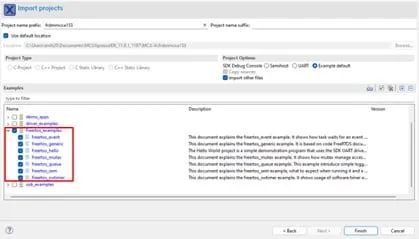
USB Middleware Support
Examples for common USB use cases are provided. The MCUXpresso IDE also includes a configuration tool for generating custom USB device code, enabling developers to quickly build USB devices while managing initialization code and descriptors.
To get the latest SDK package, visit the online MCUXpresso SDK builder.
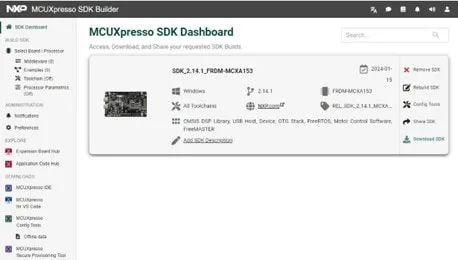
The SDK can also be accessed directly from the MCUXpresso IDE or MCUXpresso for VS Code. In addition to generating standalone SDKs for specific devices, developers can also obtain versions directly from NXP's GitHub repository.

Modern CI/CD Workflow Support
Many embedded projects now require continuous integration and continuous deployment (CI/CD) workflows. While IDE-based projects are common in microcontroller development, MCX A tools also support command-line builds for use in CI/CD workflows out of the box. The SDK includes CMake scripts that can be used with build tools like Make or the fast Ninja build system.
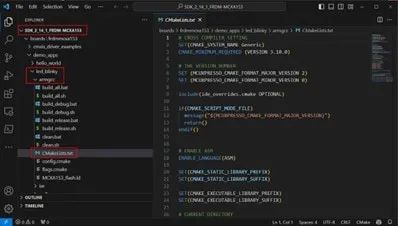
The SDK contains CMakeLists.txt scripts and shell scripts to demonstrate how to initiate a build. The VS Code plugin uses this framework behind the scenes to compile code with the Ninja build system. This gives users the choice between various IDEs, open-source GitHub delivery, and professional CI/CD workflow frameworks for their software development.
Rapid Prototyping with FRDM-MCXA153
Coinciding with the release of the MCX A series is the enhanced FRDM development platform.
The FRDM platform provides easy access to I/O through Arduino-compatible headers. Additional pin rows offer full access to MCX A peripherals. The board includes a socket for MikroElektronika click boards and slots for other buses and Digilent PMOD modules. The Expansion Board Hub (EBH) provides a catalog of compatible expansion boards and shields.
An MCX A FRDM shield template is available on the NXP MCX technical forums. This template allows engineers to quickly build their own shields for custom use cases.
Another development resource that complements the SDK and the Expansion Board Hub is the Application Code Hub (ACH). The ACH repository contains high-level software examples, code snippets, and demos. These examples are paired with the SDK and can be accessed directly from NXP's IDEs or through the ACH web interface.
Future Expansion of the MCX Portfolio
The MCX A series is a key component of the MCX portfolio, targeting motor control, sensing, and related industrial applications, while featuring unique peripherals like MIPI I3C. The MCX A14x and A15x are just the beginning. The MCX A family will expand and beyond with new series and models that include more flash, RAM, and maintain pin compatibility within their packages.
 ALLPCB
ALLPCB



